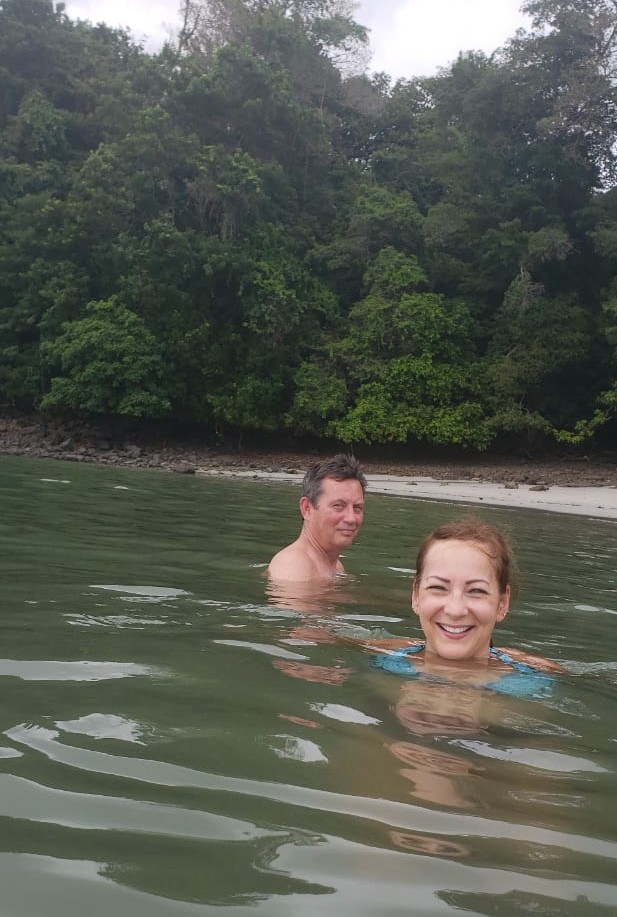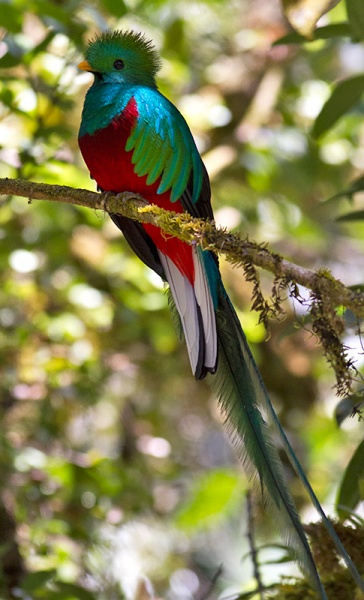The other day I was getting the broom out to sweep the terrace and something in our outdoor fireplace started moving. It was a long thin brown snake that had come to visit.

So armed with the broom I was going to use to sweep the deck with I escorted Mr. Snake out into the yard.
I eventually got him out into the yard and he seemed to be aggravated to the point where he turned around and opened his mouth as if to say “you better be careful who you’re messing with!”

Our daughter Lauren came for a visit (our first guest!) and earlier this week we drove to Volcán to visit Raquel’s Ark – a wildlife refuge. The place isn’t too much to look at from the outside but Raquel took us in to spend time with all of the residents. And Raquel is not running a zoo. You get one on one with the animals in their cages and you give her a donation to help keep her refuge going. The website for Raquel’s Ark is www.raquelsark.com
Raquel brought a sloth out to see us and he was very friendly but really sharp claws?
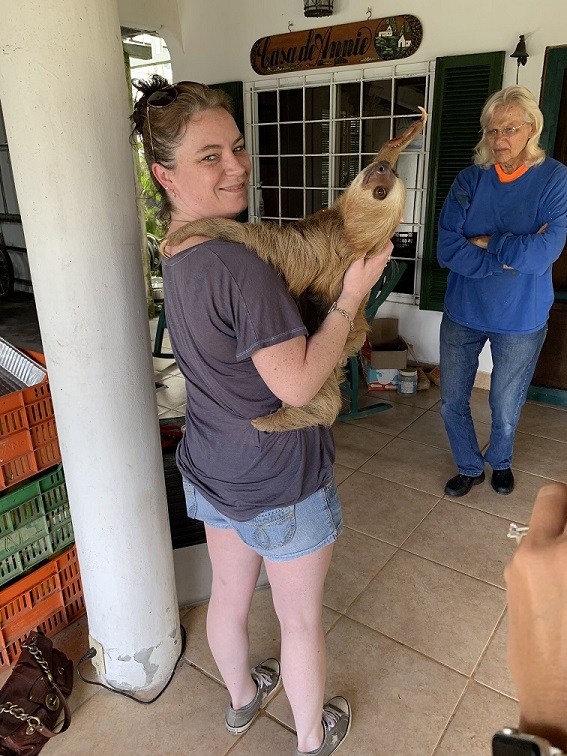
The next stop was the monkey cage where Nancy made a lot of new friends. The monkeys were all over her in between trying to pickpocket me. And we all smelled like monkeys until we finally got home and showered. Needless to say all the clothes went right into the wash too!


There were some coatimundis there and they also loved Nancy!
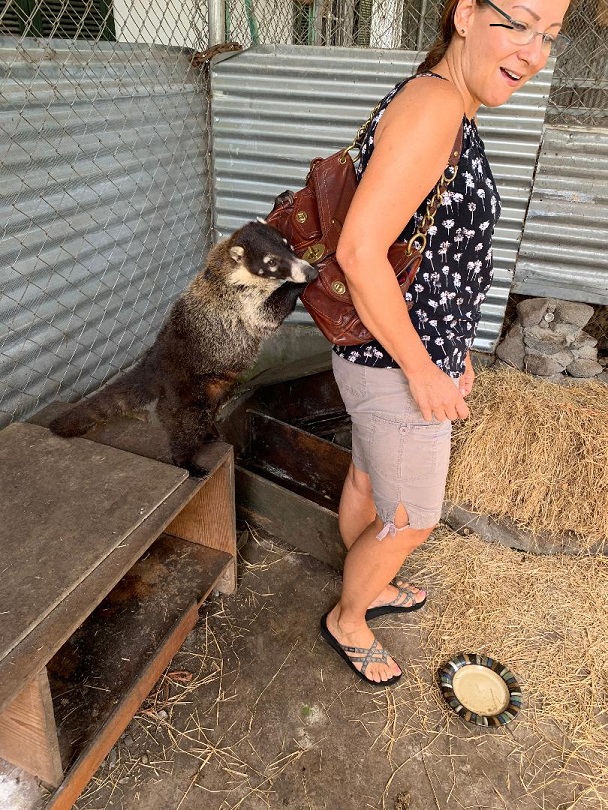
There was also a Jaguar there – he’s been there for a while awaiting relocation. Really an impressive animal! We hope he finds a permanent home soon!

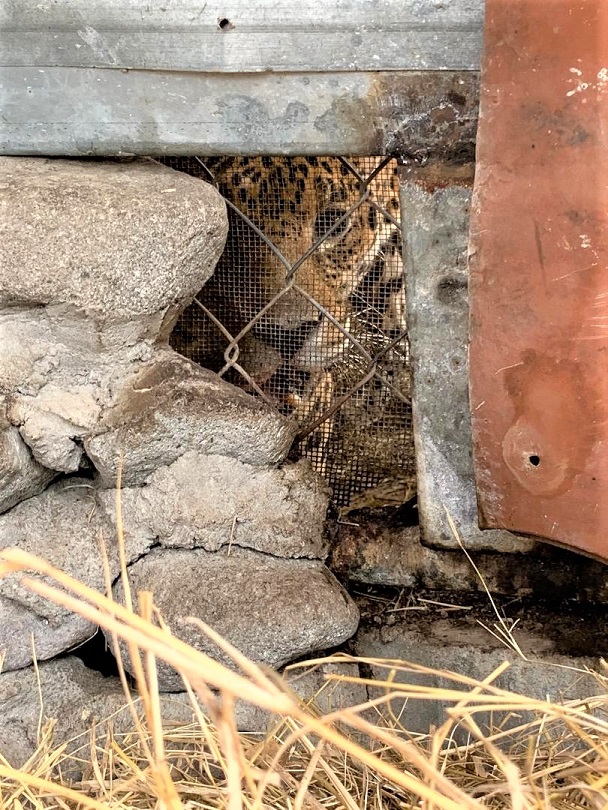
We enjoy our visits to Volcán. Its a splendid part of the Chiriqui Provence. We had a fine day and thanks Lauren for being our first house guest!
Saludos, Craig














